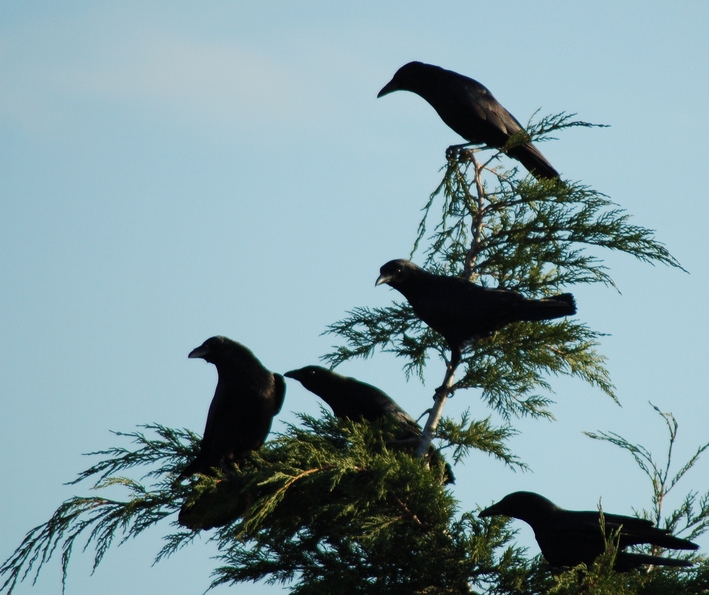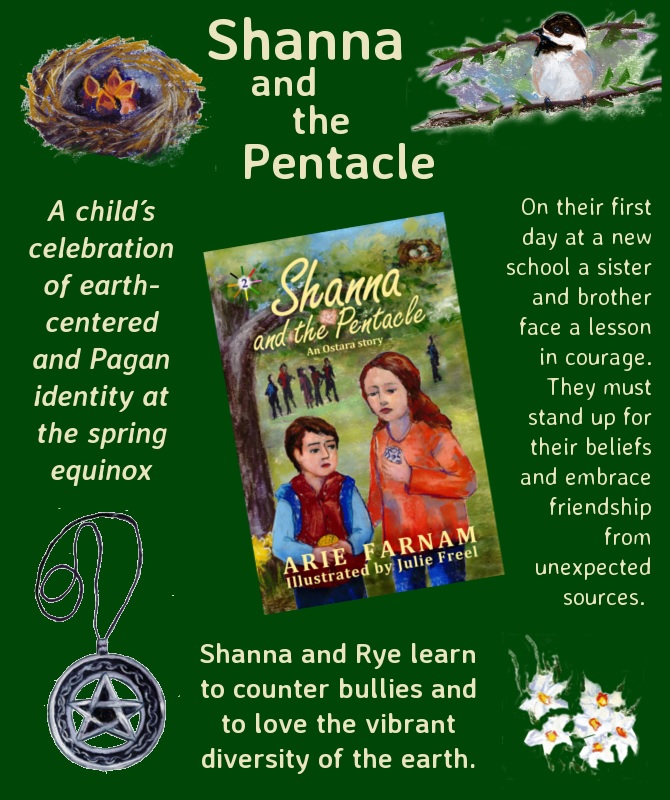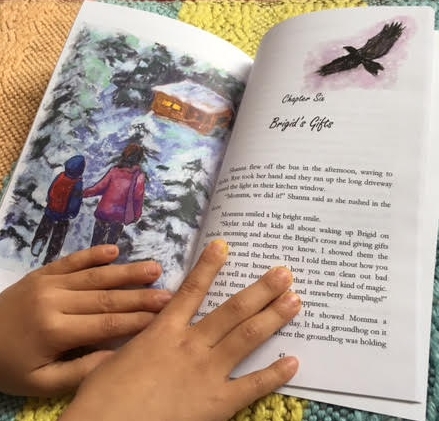Summer is coming and the fourth Shanna book is here
/The turning point of the new moon is just hours away. And that makes this a perfect moment to announce a new beginning.
The fourth book in the Children's Wheel of the Year has finally arrived. This is, of course, the long-awaited Summer Solstice story, the previous three having focused on Imbolc, the Spring Equinox and Beltane.
The Summer Solstice is one of the nature-based holidays that gets the least attention and there are remarkably few books out there for kids on the subject. Of those that are available, most either teach about the traditions of various cultures in the past, such as The Longest Day, or mention the Summer Solstice with a host of other holidays such as Rupert's Tales or An Ordinary Girl - A Magical Child.
For many people who don't follow a major religion in our modern society, it is hard to feel connected to holidays that have lost much of their tradition and essential magic to commercialism. One alternative many people are now embracing is the celebration of naturally occurring transitions, such as the solstices and equinoxes. Some spiritual paths also hold these as holy days, but even for atheists and agnostics, these moments can fulfill the human need for bright gems of interest amid the routine of daily life.
The summer solstice has been celebrated in cultures all over the world--from the equator to the poles--for thousands of years. It is the time of flourishing life in each hemisphere, a moment of fullness and a turning point in which seasons begin to swing back.
The summer solstice is the top of the pendulum, the height of a swing. And like a child's swing it gives us all that giddy feeling children get at the moment of weightlessness as the chains of the swing stop propelling them forward and hesitate before pulling them back. That is also the moment where the swing set is no longer visible and you feel most as if you were flying. The summer solstice is the cosmic equivalent of that giddy instant. Our faces are in the sun and for a moment it feels like everything is possible and we are far more capable than we knew.
The title of the fourth book in the Children's Wheel of the Year series is Shanna and the Goddess, and it is a story about the accelerated growth, confidence and courage that can result when we are challenged by adversity and we are capable and ready to meet that challenge.
In this book, eleven-year-old Shanna and her eight-year-old brother Rye take on grown-up responsibilities when their mother breaks her ankle at the beginning of the summer. Shanna is determined to save the newly planted garden from drought and neglect. Rye takes on cooking with some interesting and tasty results. Both gain confidence and skills, but their courage is tested when a massive hail storm threatens to flatten the garden.
Instead of being primarily a teaching tool, like many other books about natural holidays, the Children's Wheel of the Year series offers adventure stories linked to the themes of earth-centered holidays that are fun to read and listen to. The Shanna books are not focused on teaching kids how the holidays were or are supposed to be celebrated. There are examples of traditions in the books because the family in the story celebrates the holidays. But the focus is on a kid-friendly story.
Shanna and the Goddess is available in paperback and kindle formats here.




































